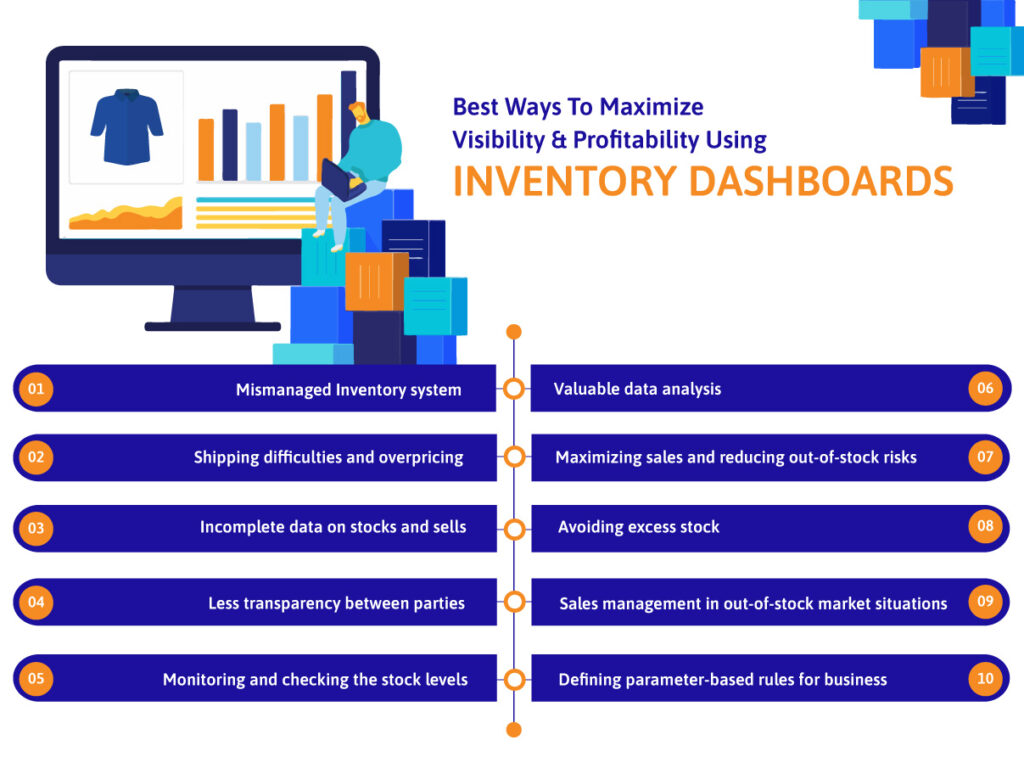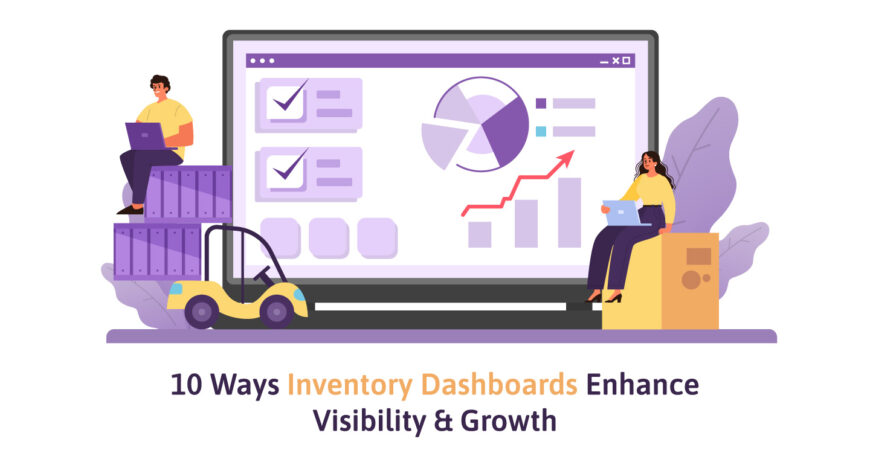Every business has a lot of components that, ideally, working together can create a perfectly balanced organization. And this balance can further contribute to the overall sales and development of the company in the large picture. But with the rise in world economic exchanges and ongoing inflation in many countries, the necessity of an Inventory Dashboards management system is very crucial for the growth of any business.
The vital area where a company may get behind its competitors is its supply chain management. A company that perfects this system will boost sales if it provides uninterrupted supply and transparency. A business operation isn’t just about inventory management. It is also essential to consider other factors. Other parameters include profitability, understanding the cash flow, and not having stocks or holding too many stocks.
All these tedious tasks call for an Inventory management system like NetSuite advanced inventory management. This system provides a single dashboard where you can monitor stocks and sell items on the go. This results in faster delivery, ease in inventory management, and cost-effective product management. Without a proper inventory management software and enterprise management system, these are the following risks that a company will face:

1. Mismanaged Inventory system
One of the key aspects of any business that gets complicated by improper Inventory dashboards is the mismanagement of resources. If you have too many stocks and cannot manage such a massive inventory pile, this creates issues like higher handling costs and damage to the current products.
The overall inventory data cannot be gathered without a proper inventory management system, which, in return, will reduce the business’s profitability.
2. Shipping difficulties and overpricing
The shipping charges worldwide are rapidly increasing due to inflation. If there is an absent inventory management system, then the cost of operation and shipping goes sky high.
A good inventory dashboard (for example, inventory management in NetSuite) provides the marketing and sales team with the nearest warehouse locations. From here, the customer can get a delivery of the product.
3. Incomplete data on stocks and sells
Another problem with manual record maintenance over inventory Dashboard solutions is they are incapable of producing error-free results and figures in stock data as well as sell. And when this inaccuracy is more, there are subsequent issues with the company’s policies.
Now, these, in return, result in less profitability. So, to maximize the efficiency of the data management system, the NetSuite inventory management cloud service is very much necessary.
4. Less transparency between parties
When there is a traditional record maintenance system, all the parties, such as stakeholders, business executives, and customers, must be constantly interactive. Now, it is done to get a transparent sales and purchase system. But this task is very clumsy, and an inventory dashboard can solve this issue in a few moves.
Depending on the business needs, dashboards can be customized for committees, inventory managers, and CEOs. The following are the top 6 ways using which you can bring more profits to your business with the help of the inventory dashboard.
5. Monitoring and checking the stock levels
Manually tracking the inventory data and monitoring the availability of your products requires a tremendous amount of manpower. And despite such massive spending on inventory data management teams, the coordination between multiple warehouses isn’t stable.
By using inventory dashboards, you can achieve transparent data management. This can help you effectively transfer inventory from one location to the other.
6. Valuable data analysis
Stakeholders such as buyers, wholesale market owners, and decision-makers often need to stay in the loop to analyze different data of each purchase. Inventory dashboards seem the only way to manage and monitor such a large amount of data.
Since these dashboards acquire all the data regarding the business, they can provide information. This information is related to market trends and sales that can help policymakers.
7. Maximizing sales and reducing out-of-stock risks
A sync between different warehouse locations and inventory sites can increase sales management productivity. And an inventory dashboard provides such a means to avoid the risks of out-of-stocks in any of the locations. In this way, the sale can get an instant boost.
8. Avoiding excess stock
Since all the inventory locations are connected via a single inventory management dashboard, the excess stock in any site can be avoided. Thus, the company will have a greater fund that can be implemented in other products.
9. Sales management in out-of-stock market situations
With great availability in the stocks in all of the warehouses or inventory locations, the company will have sufficient stocks. This can help the business achieve more sales when there is a demand for the product.
10. Defining parameter-based rules for business
Inventory dashboards analyze the factors like stock availability in the warehouses. It further looks at the location of those sites to eliminate the chances of multiple shipping.
This, as a whole, reduces the total time of shipping as well as the costs related to it. Thus, the customer satisfaction rate boosts and ultimately helps in better profitability.
Conclusion
The article discussed six ways to include inventory dashboards in your business and increase sales. Inventory dashboards (like NetSuite inventory management solutions) are explicitly designed to handle the hectic data management of business organizations.
Thus, they help in providing transparency and profitability on the go. They also have a great positive impact on the customer satisfaction level. This, in return, brings more popularity to the organization.
















